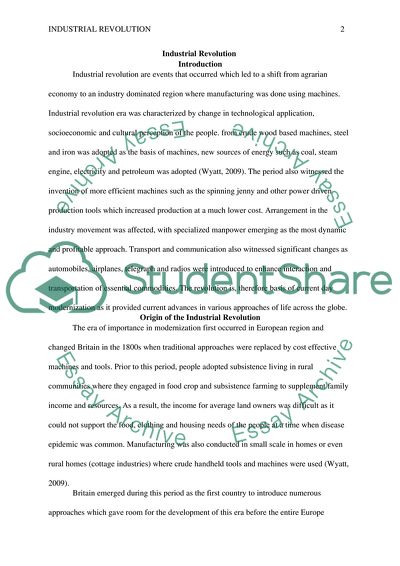Cite this document
(The Industrial Revolution Essay Example | Topics and Well Written Essays - 3000 words, n.d.)
The Industrial Revolution Essay Example | Topics and Well Written Essays - 3000 words. https://studentshare.org/history/1871106-the-industrial-revolution
The Industrial Revolution Essay Example | Topics and Well Written Essays - 3000 words. https://studentshare.org/history/1871106-the-industrial-revolution
(The Industrial Revolution Essay Example | Topics and Well Written Essays - 3000 Words)
The Industrial Revolution Essay Example | Topics and Well Written Essays - 3000 Words. https://studentshare.org/history/1871106-the-industrial-revolution.
The Industrial Revolution Essay Example | Topics and Well Written Essays - 3000 Words. https://studentshare.org/history/1871106-the-industrial-revolution.
“The Industrial Revolution Essay Example | Topics and Well Written Essays - 3000 Words”. https://studentshare.org/history/1871106-the-industrial-revolution.


